25 Musicians Who Quit the Music Business Early (And What They’re Doing Now)
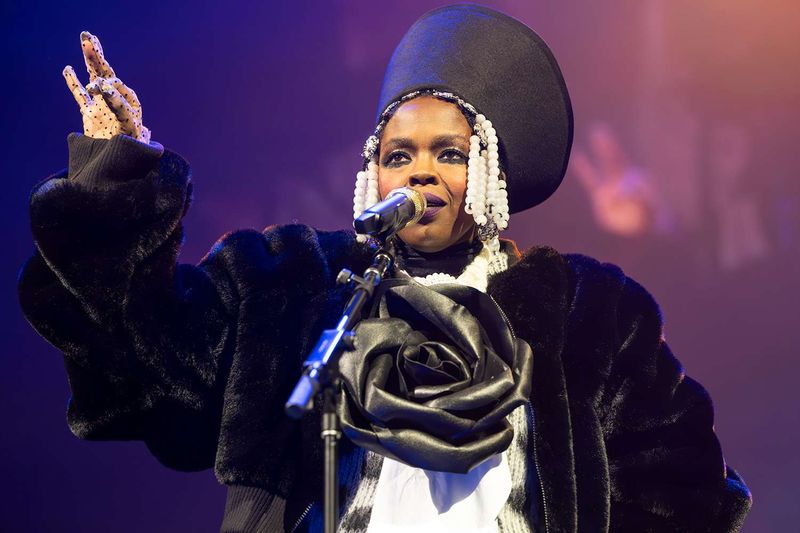
Fame doesn’t always last forever, and sometimes musicians choose to walk away from the spotlight on their own terms. Some left because of personal struggles, while others wanted to explore different passions or simply live a quieter life.
The stories of these artists remind us that success isn’t just about staying famous—it’s about finding what truly makes you happy.
1. Cat Stevens (Yusuf Islam)
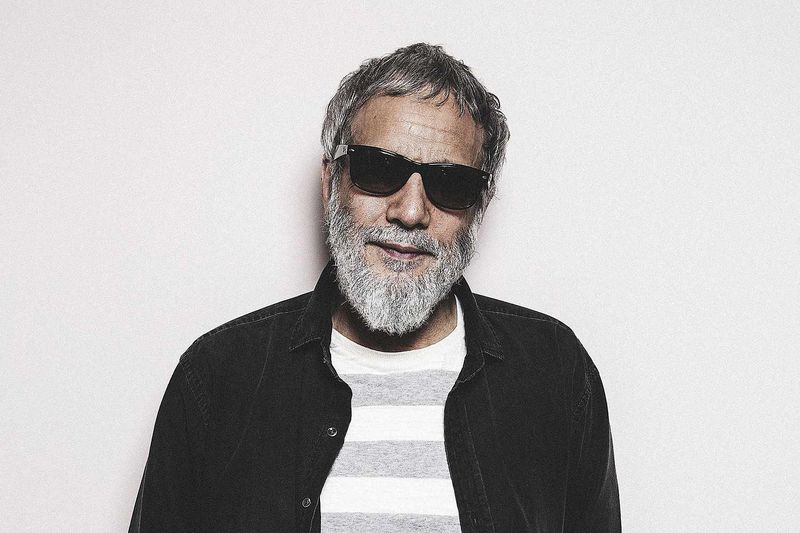
A near-drowning experience in 1976 changed everything for the man who sang “Wild World” and “Peace Train.” Cat Stevens felt the ocean pulling him under when he prayed for his life, promising to dedicate himself to God if he survived. That prayer became a life-altering commitment.
He converted to Islam in 1977, changed his name to Yusuf Islam, and auctioned off his guitars. For nearly three decades, he focused on building schools, writing educational materials, and doing charity work throughout the Muslim world. Music became a distant memory he willingly left behind.
In 2006, something shifted. Yusuf began recording again, blending his spiritual journey with the folk-rock sound that made him famous. He proved you could honor your faith while still sharing your gifts with the world, creating a bridge between two chapters of an extraordinary life.
2. Sinead O’Connor

Ripping up a photo of the Pope on live television wasn’t just controversial—it essentially ended her mainstream career overnight. Sinead O’Connor never apologized for speaking truth to power, even when it cost her everything. Her bold activism made her both beloved and blacklisted.
Mental health struggles and public breakdowns followed, but O’Connor kept fighting for what she believed in. She wrote memoirs, converted to Islam, and continued advocating for abuse survivors worldwide. Music became secondary to her healing journey and her mission to expose institutional corruption.
She announced multiple retirements from music, each time stepping away to focus on her well-being and personal growth. Though she passed away in 2023, her legacy as a fearless truth-teller lives on. O’Connor showed the world that staying silent was never an option, no matter the personal cost.
3. Syd Barrett (Pink Floyd)
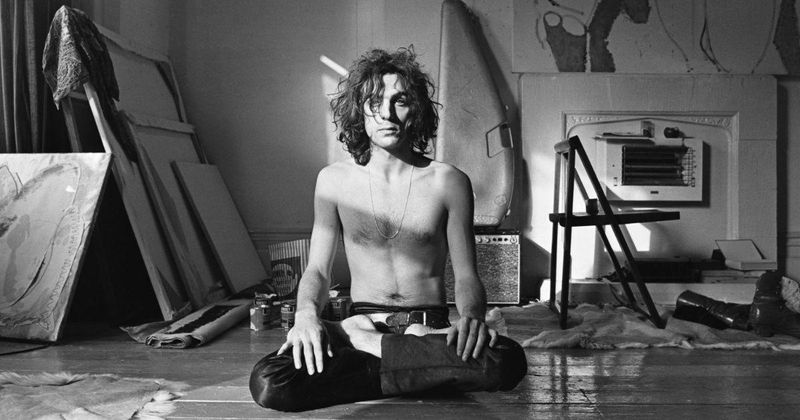
Pink Floyd’s original creative genius burned too bright and too fast. Syd Barrett’s experimental guitar work and surreal lyrics defined the band’s early psychedelic sound, but drug use and mental illness pulled him into a world nobody else could reach. By 1968, he could barely function during performances.
His bandmates made the painful decision to move forward without him. Barrett attempted two solo albums, but the spark that made him brilliant had flickered out. He retreated to his mother’s home in Cambridge, England, where he lived in near-total isolation.
For the next three decades, Barrett painted, gardened, and avoided all contact with his musical past. Neighbors knew him simply as Roger, a quiet man who tended his roses and rode his bicycle. He died in 2006, leaving behind a haunting legacy that reminds us creativity and madness sometimes walk hand in hand.
4. Bobby Brown (from New Edition)
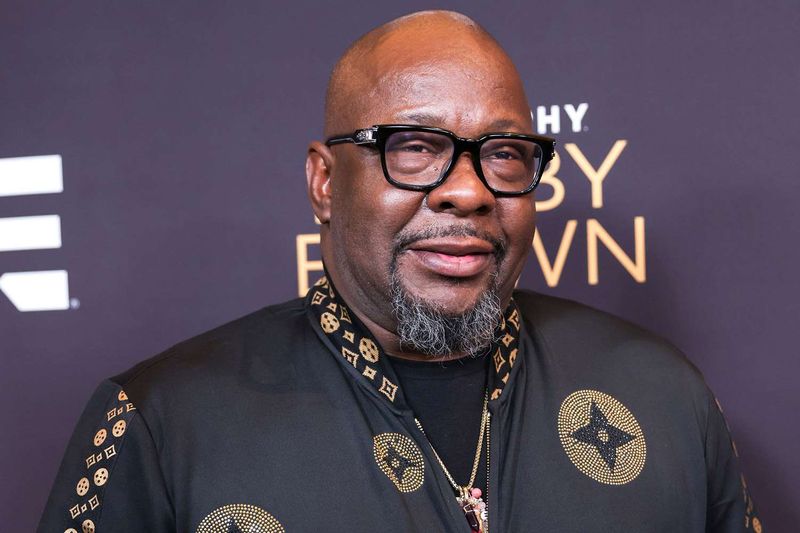
From teen heartthrob to solo superstar, Bobby Brown seemed unstoppable in the late 1980s and early 1990s. But personal demons, legal troubles, and a tumultuous marriage to Whitney Houston derailed his career multiple times. He stepped away from music more than once, trying to rebuild his life away from cameras.
Entrepreneurship became his new hustle. Brown launched BBD (his own line of products), appeared on reality television, and worked to redefine his public image. He also became passionate about health advocacy after losing his daughter Bobbi Kristina, speaking openly about addiction and grief.
Today, Brown tours occasionally with New Edition and focuses on being present for his family. His story illustrates that redemption isn’t always linear—sometimes you have to quit what’s destroying you before you can truly find yourself again. He’s proof that second chances are possible.
5. Duffy

“Mercy” dominated radio waves in 2008, making Duffy an overnight sensation with her retro soul sound. She won a Grammy, sold millions of albums, and seemed destined for a long career. Then she disappeared completely, leaving fans confused and worried about what happened.
For over a decade, Duffy remained silent. In 2020, she finally revealed the heartbreaking truth: she had been drugged, kidnapped, and assaulted. The trauma made continuing her music career impossible. She needed time to heal, away from the public eye and industry pressures.
Her bravery in sharing her story helped countless survivors feel less alone. Duffy occasionally writes and creates on her own terms now, but she’s made peace with never returning to mainstream fame. Her journey reminds us that sometimes survival matters more than success, and healing can’t be rushed for anyone’s entertainment.
6. Richey Edwards (Manic Street Preachers)

On February 1, 1995, Richey Edwards checked out of a London hotel and vanished without a trace. The Manic Street Preachers’ lyricist and guitarist had struggled with depression, self-harm, and anorexia for years. His car was found near a bridge known for suicides, but his body never surfaced.
Theories about his disappearance range from suicide to starting a new life abroad. Some fans claim to have spotted him in various countries over the years. His family kept him legally alive until 2008, when he was officially declared deceased. The mystery remains unsolved.
Edwards left behind lyrics that became some of the band’s most powerful work, released posthumously on albums he never lived to see. His disappearance became one of rock music’s most haunting enigmas. The band continues performing, always leaving space for the brilliant, troubled writer who might have simply needed to escape.
7. Lauryn Hill

When The Miseducation of Lauryn Hill became one of the best-selling albums of all time, nobody expected her to vanish from the music scene so quickly. She won five Grammy Awards in one night, breaking records and hearts simultaneously. But fame came with a heavy price tag.
Hill chose motherhood and spirituality over red carpets and recording studios. She raised her six children mostly out of the public eye, occasionally performing at select venues when she felt called to do so. Her activism and commitment to social justice became her new stage.
Though fans begged for another album, Hill refused to compromise her values for commercial success. She spoke openly about the music industry’s exploitation and corruption. Today, she remains a cultural icon who prioritized authenticity over everything else, proving that sometimes the bravest thing an artist can do is simply walk away.
8. Shania Twain

Selling over 100 million records made Shania Twain the best-selling female country artist of all time. But in 2003, her voice started failing during performances. Lyme disease had damaged her vocal cords, and doctors weren’t sure she’d ever sing professionally again. Her world crumbled.
A devastating divorce followed when her husband left her for her best friend. Twain retreated to Switzerland, focusing on healing both physically and emotionally. She wrote a memoir, worked with vocal coaches, and slowly rebuilt her confidence. The comeback seemed impossible.
Multiple surgeries and years of therapy finally restored enough of her voice to return to the stage. Twain released new music and launched a successful Las Vegas residency, proving that setbacks don’t have to be permanent. Her story inspires anyone facing seemingly insurmountable obstacles to keep fighting for what they love most.
9. Billy Joel

After releasing River of Dreams in 1993, Billy Joel made a shocking announcement: no more pop albums. The Piano Man had nothing left to prove commercially, and the creative well for pop songs had run dry. Fans couldn’t believe he’d walk away at the height of his powers.
Classical music became his new passion. Joel composed Fantasies & Delusions, a collection of piano pieces that showcased a completely different side of his artistry. He also focused on touring, playing monthly shows at Madison Square Garden that became legendary events. Recording new material simply didn’t interest him anymore.
Joel’s decision to stop chasing hits and focus on what genuinely excited him was revolutionary for a superstar. He proved that artistic fulfillment matters more than commercial expectations. Today, he continues performing his classic catalog while living life on his own terms.
10. Hilary Duff (music career)
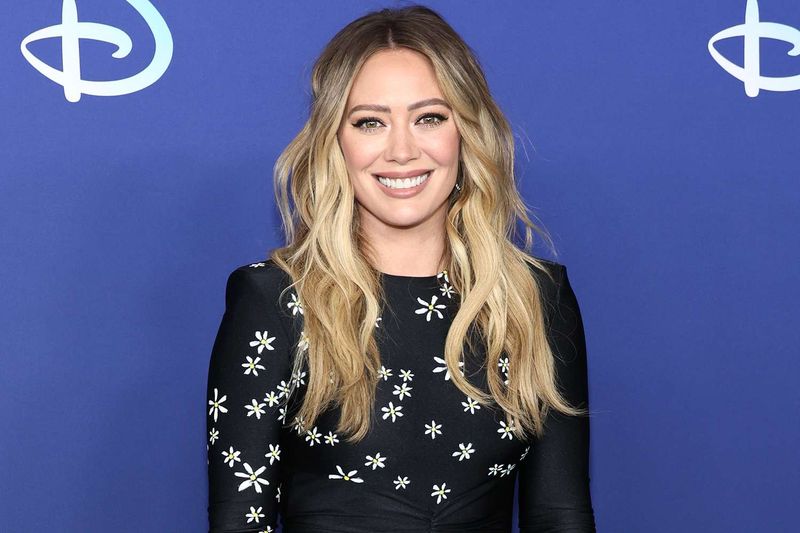
Disney Channel made Hilary Duff a household name, and her music career seemed like the natural next step. Albums like Metamorphosis went multi-platinum, and “Come Clean” became an anthem for a generation. But acting and business opportunities pulled her in different directions, and music gradually took a backseat.
Duff built a lifestyle empire that included fashion lines, book deals, and continued acting roles. She starred in Younger for seven seasons and focused on raising her children. Music became something she’d revisit occasionally, but never her primary focus. Her priorities had shifted dramatically.
In recent years, Duff has released a few singles and hinted at new projects, but she’s made peace with not being a full-time musician. She’s created a balanced life that doesn’t require choosing one passion over another. Her journey shows that evolving beyond your teenage success isn’t failure—it’s growth.
11. The White Stripes (Jack & Meg White)
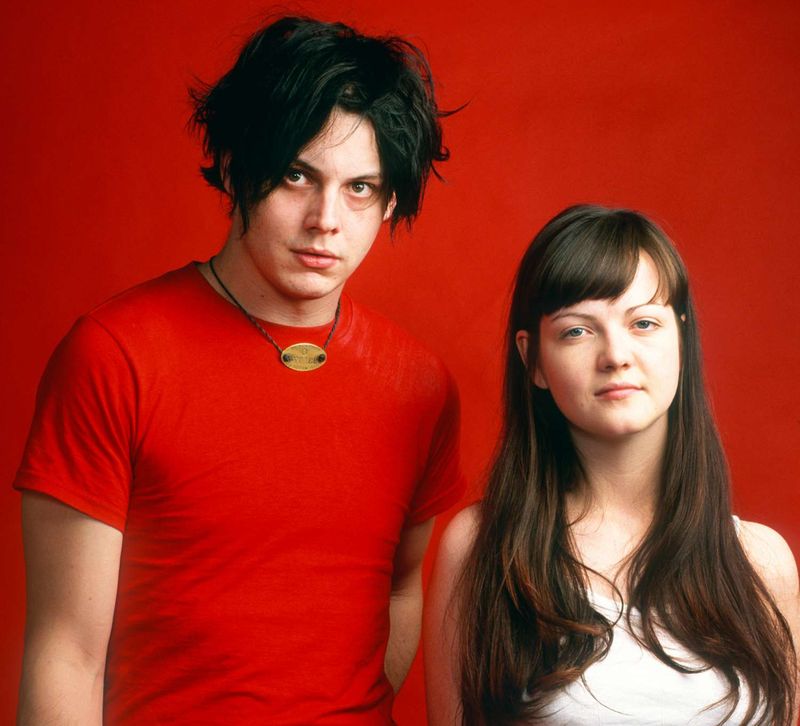
The White Stripes announced their breakup in 2011 with a simple statement, shocking fans who thought the garage rock duo would continue forever. Jack and Meg White had created six groundbreaking albums, but personal tensions and Meg’s anxiety about touring made continuing impossible. The red, white, and black era ended quietly.
Jack White exploded into multiple projects afterward. He founded Third Man Records, released several solo albums, and produced for countless artists. His creativity seemed boundless without the constraints of the duo format. Meanwhile, Meg completely disappeared from public life, choosing privacy over fame.
Meg’s decision to step away entirely was respected by Jack, who rarely discusses her in interviews. She lives quietly in Detroit, far from the spotlight that made her uncomfortable. Their story proves that sometimes the healthiest thing for a partnership is knowing when to say goodbye, even at the peak of success.
12. Leona Lewis
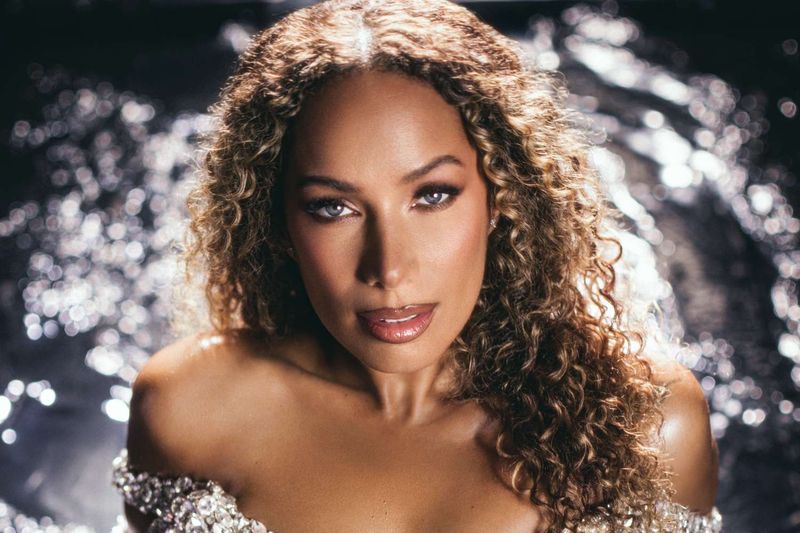
Winning The X Factor in 2006 launched Leona Lewis into superstardom. “Bleeding Love” became a global phenomenon, and her voice was compared to legends like Whitney Houston and Mariah Carey. But after a few albums, Lewis stepped back from the relentless music industry machine to explore other passions.
Animal rights activism became her primary focus. Lewis worked with organizations worldwide to end animal cruelty and promote veganism. She also ventured into acting, appearing in stage productions and films. Business ventures, including her own cruelty-free cosmetics line, kept her busy and fulfilled.
Lewis occasionally releases music on her own terms now, without the pressure of major label expectations. She’s created a life that aligns with her values rather than chasing chart positions. Her journey illustrates that success can be redefined, and walking away from fame doesn’t mean you’ve lost—sometimes it means you’ve won.
13. MC Hammer

“U Can’t Touch This” made MC Hammer one of the biggest stars of the early 1990s, but financial mismanagement led to bankruptcy by 1996. His lavish spending became legendary, and his fall from grace was swift and public. The parachute pants and dance moves that defined an era suddenly seemed like ancient history.
Hammer reinvented himself as a pastor, founding a church and focusing on spiritual guidance for his community. He also became an early tech investor, backing companies before most entertainers understood Silicon Valley’s potential. His business acumen surprised critics who’d written him off as a one-hit wonder.
Today, Hammer speaks at conferences about entrepreneurship, faith, and financial literacy. He’s turned his mistakes into teaching moments, helping others avoid the pitfalls that nearly destroyed him. His comeback story proves that failure isn’t final when you’re willing to learn, adapt, and rebuild with purpose and humility.
14. Daniel Bedingfield

“Gotta Get Thru This” dominated dance floors in 2001, making Daniel Bedingfield an instant sensation. His unique voice and production skills promised a long career, but a serious car accident in 2004 nearly ended everything. Recovery took years, and by the time he was healthy, the music landscape had completely changed.
Bedingfield shifted his focus to songwriting for other artists, using his talents behind the scenes. He also dedicated time to charity work, particularly organizations supporting young musicians and accident survivors. Coaching emerging artists became his new passion, sharing the knowledge he’d gained during his brief time in the spotlight.
Occasional performances and independent releases keep him connected to music on his own terms. Bedingfield has made peace with not being a household name anymore, finding fulfillment in helping others achieve their dreams. His story reminds us that success takes many forms, and sometimes the greatest impact happens when nobody’s watching.
15. Nelly Furtado
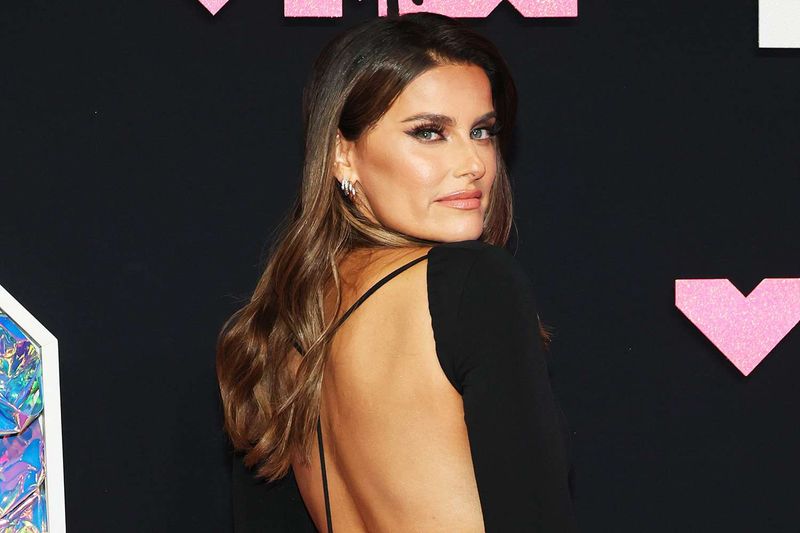
From “I’m Like a Bird” to “Promiscuous,” Nelly Furtado dominated two different decades with completely different sounds. But after her massive success with Timbaland, she gradually faded from mainstream radio. Fans wondered what happened to the chameleon-like artist who seemed capable of conquering any genre.
Motherhood became Furtado’s priority. She moved back to Canada, raised her daughter away from Hollywood chaos, and focused on philanthropy work in developing countries. Music became something she did for herself rather than for charts and award shows. The pressure to constantly reinvent herself disappeared.
Furtado occasionally releases indie projects and performs at select venues, but she’s never chased another hit. She’s found contentment in a quieter life that doesn’t require constant reinvention. Her choice to step back at the peak of fame shows remarkable self-awareness and courage that many artists never find.
16. Eve (the rapper)

Eve’s rapid-fire delivery and fierce attitude made her a standout in the male-dominated rap world of the late 1990s. Hits like “Let Me Blow Ya Mind” with Gwen Stefani proved she could cross genres effortlessly. But after several successful albums, she gradually stepped away from recording to explore other opportunities.
Television became her new platform. Eve co-hosted The Talk for four seasons, showing a different side of her personality to daytime audiences. Acting roles followed, and she eventually moved to London after marrying British entrepreneur Maximillion Cooper. Her life took a completely unexpected turn.
Motherhood came later for Eve, and she’s been open about her journey to becoming a stepmom and then a biological mother. Music remains part of her identity, but it’s no longer her entire world. She’s built a multifaceted life that doesn’t require her to be just one thing anymore.
17. Daft Punk
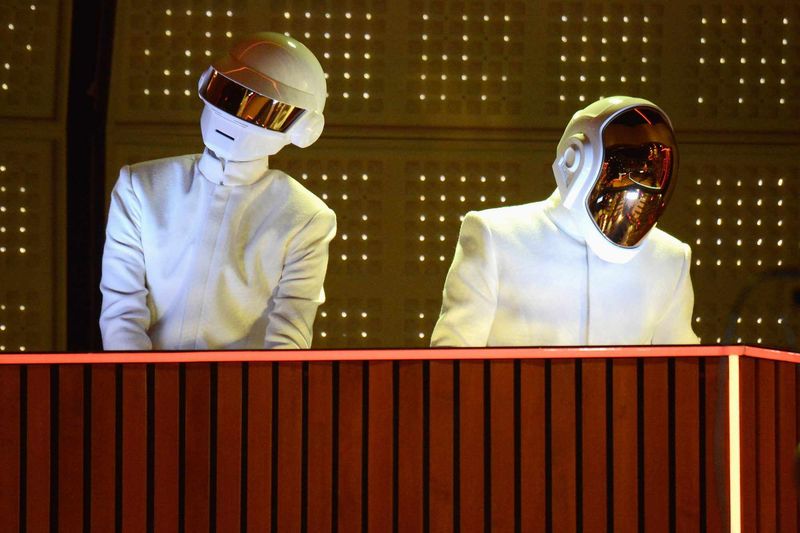
The robots who revolutionized electronic music announced their split in 2021 with a cryptic video titled “Epilogue.” Daft Punk had reached legendary status, influencing countless artists and defining multiple generations of dance music. Their decision to end at the peak of their legacy stunned the music world completely.
Thomas Bangalter and Guy-Manuel de Homem-Christo have pursued separate creative paths since the split. They’ve worked on film scores, produced for other artists, and explored projects that don’t require the Daft Punk persona. The helmets that hid their identities for decades have been permanently retired.
Both members have expressed that the project had run its natural course, and continuing would have felt forced. Their graceful exit at the height of their powers was a masterclass in knowing when to stop. Daft Punk’s ending reminds us that not everything needs to last forever to be perfect.
18. Mischa Barton (musician side)

Most people remember Mischa Barton as Marissa Cooper from The O.C., but few recall her brief attempt at a music career. She released a few tracks in the mid-2000s, trying to capitalize on her television fame. The songs never gained traction, and she quickly abandoned the endeavor.
Acting remained her primary focus, though her career faced challenges after The O.C. ended. Barton dealt with personal struggles publicly, including hospitalization and legal issues. She eventually regained stability and shifted toward advocacy work, particularly speaking about mental health and the pressures of child stardom.
Today, Barton acts occasionally and uses her platform to discuss the darker side of early fame. Her brief music career is a footnote in a much larger story about survival and recovery. She’s proof that not every creative experiment needs to succeed—sometimes trying something new is enough.
19. Alanis Morissette (temporary hiatus)
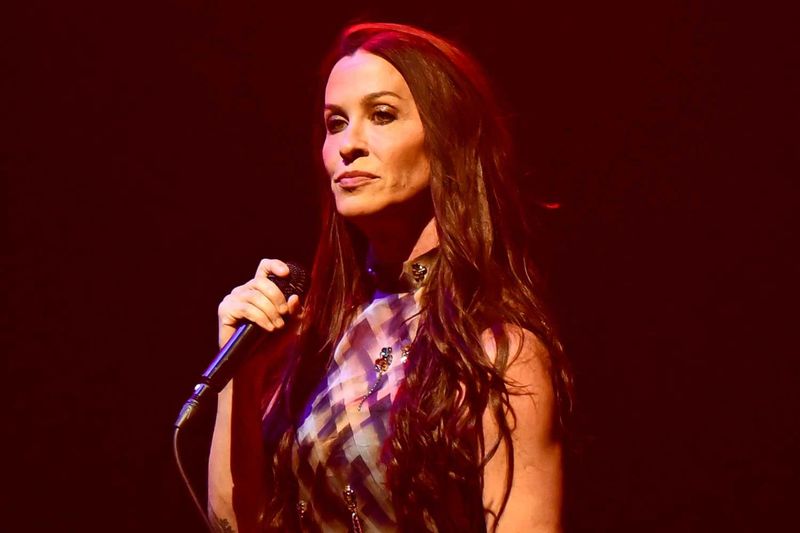
Jagged Little Pill made Alanis Morissette a 1990s icon, but the intensity of that success took a toll. By the early 2000s, she stepped back from the pop spotlight to focus on personal growth and mental health. The angry young woman who sang “You Oughta Know” was evolving into someone completely different.
Morissette became a passionate mental health advocate, studying psychology and eventually hosting a podcast about emotional wellness. She wrote books, explored motherhood, and created music on her own timeline rather than label demands. Her priorities shifted dramatically from chart domination to authentic self-expression.
Though she never fully quit music, her approach became more intentional and less commercial. Morissette now balances creativity with advocacy work, proving you can maintain relevance without sacrificing your well-being. Her journey from rage-filled anthems to thoughtful introspection shows the power of personal evolution and choosing healing over fame.
20. Janis Ian

At just 14 years old, Janis Ian wrote “Society’s Child,” a controversial song about interracial dating that made her famous in 1966. Her follow-up hit “At Seventeen” became a classic, but by the 1980s, Ian had grown tired of the music industry’s demands. She walked away to pursue a completely unexpected passion.
Science fiction writing became Ian’s new creative outlet. She published short stories in major anthologies and became a respected voice in the sci-fi community. Her transition from music to literature was seamless, proving her storytelling abilities transcended any single medium. Fans from both worlds celebrated her versatility.
Ian returned to music occasionally over the years, but writing remained her primary focus. She’s won awards in both fields, a rare achievement that demonstrates true artistic range. Her career path shows that reinvention is possible at any age, and success doesn’t have to look the same throughout your life.
21. Justin Bieber (early retirement rumors)
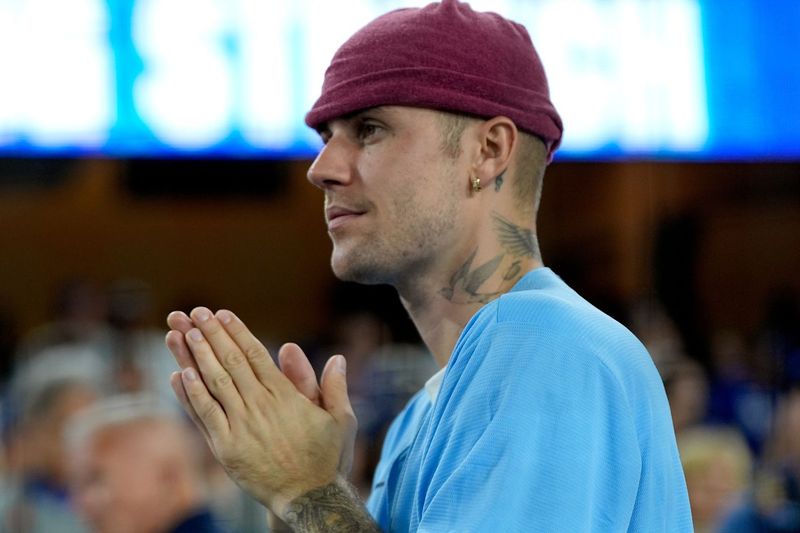
Child stardom nearly destroyed Justin Bieber. By his early twenties, he’d cycled through legal troubles, substance abuse, and very public breakdowns. Multiple times he announced breaks from music, leaving fans wondering if he’d ever return. The pressure of growing up in the spotlight had taken a devastating toll.
Mental health treatment became Bieber’s priority. He spoke openly about depression, anxiety, and the trauma of fame starting at age 13. He also reconnected with his Christian faith, married Hailey Baldwin, and focused on building a stable personal life. Music became secondary to survival.
Business ventures and brand partnerships kept Bieber financially secure during his breaks. When he did return to music, it was on his own terms, with songs that reflected his healing journey. His story reminds us that taking time away isn’t giving up—sometimes it’s the only way to save yourself from an industry that doesn’t care about your wellbeing.
22. Zayn Malik
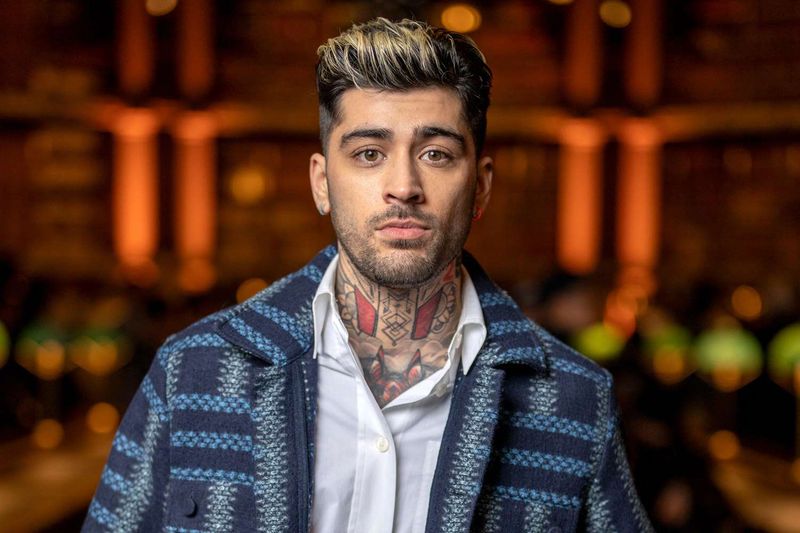
Leaving One Direction in 2015 shocked millions of fans worldwide. Zayn Malik walked away from the biggest boy band on the planet, citing anxiety and a desire for privacy. His departure seemed incomprehensible to those who dreamed of such opportunities, but the pressure had become unbearable for him.
Solo albums followed, showcasing a more mature R&B sound that proved Malik was a serious artist. But he remained notoriously private, canceling performances due to anxiety and rarely doing interviews. Modeling contracts with high-fashion brands became another creative outlet that felt less invasive than constant touring.
Malik’s relationship with Gigi Hadid and fatherhood brought new priorities into his life. He’s been open about his struggles with mental health, helping normalize conversations about anxiety in the music industry. His journey shows that sometimes the bravest choice is walking away from what everyone else wants for you to find what you need.
23. Dolores O’Riordan (The Cranberries) — temporary hiatus

The haunting voice behind “Zombie” and “Linger” struggled with bipolar disorder throughout her career. Dolores O’Riordan took multiple breaks from The Cranberries, prioritizing her mental health over the band’s schedule. Her honesty about her struggles was revolutionary during a time when mental illness carried enormous stigma.
During hiatuses, O’Riordan worked on solo projects and side collaborations that allowed more creative freedom. She also focused on being present for her three children, balancing motherhood with the demands of being a rock icon. The breaks helped her manage her condition and extend her career.
Tragically, O’Riordan drowned in 2018, a devastating loss for music fans worldwide. Her legacy includes not just incredible music but also her courage in discussing mental health openly. The Cranberries’ music continues to inspire new generations, and her voice remains unforgettable. She proved that taking breaks wasn’t weakness—it was survival.
24. Axl Rose (temporary retirement)

After Use Your Illusion, Axl Rose essentially disappeared from releasing new music for over 15 years. Guns N’ Roses became a punchline, known more for not showing up than for showing up. Rose’s perfectionism and conflicts with former bandmates created a legendary drought of material that frustrated fans worldwide.
During this period, Rose lived relatively publicly but produced almost nothing. He worked obsessively on Chinese Democracy, an album that took over a decade to complete and cost millions. When it finally released in 2008, the reception was lukewarm. The wait hadn’t been worth it for most people.
The classic lineup reunion in 2016 brought Rose back to prominence. Touring with Slash and Duff McKagan proved that some chemistry never dies, even after decades of animosity. Rose’s “retirement” wasn’t about quitting—it was about control, perfectionism, and perhaps fear of never matching past glory. The reunion showed that sometimes coming back is the hardest thing to do.
25. The Fugees (Wyclef, Pras, Lauryn)

The Score became one of hip-hop’s most influential albums, but The Fugees broke up almost immediately after reaching the top. Creative differences, romantic tensions between Lauryn Hill and Wyclef Jean, and conflicting solo ambitions tore the group apart. Their breakup felt like watching lightning disappear back into a bottle.
Wyclef Jean became a prolific producer and even ran for president of Haiti, though controversy followed him throughout. Pras Michel pursued film production and business ventures, later facing serious legal troubles related to financial crimes. Lauryn Hill retreated into motherhood, spirituality, and occasional performances that kept fans hoping for more.
Reunion attempts have been announced multiple times but rarely materialize successfully. The chemistry that made them magical seems impossible to recapture. Their story is a classic tale of a group that peaked too fast and couldn’t handle the pressure, leaving behind one perfect album and endless what-ifs that still haunt hip-hop history.

Comments
Loading…